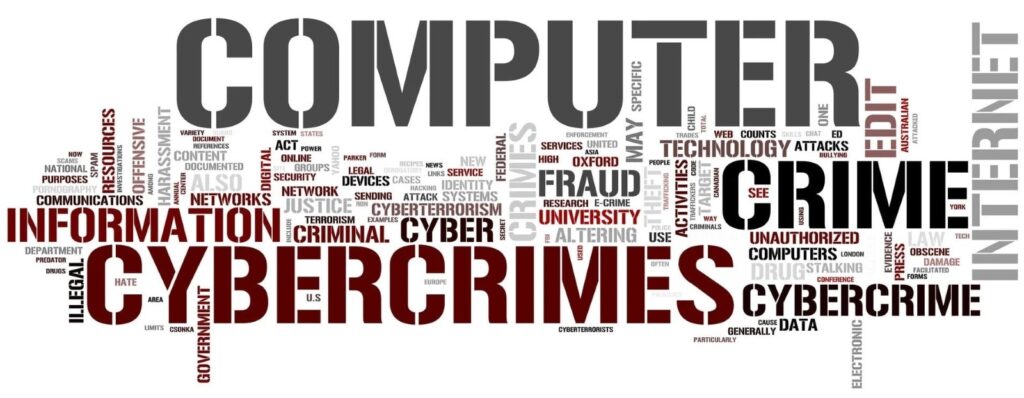Are Cybercrimes “Gateway Crimes” That Lead to Real-Life Misbehavior?
As McKinsey states that in our rapidly evolving digital age, cyber-crimes have become a prevalent concern, posing threats to individuals, organizations, and even entire nations. As technology intertwines with our daily lives, questions have arisen about whether engaging in cybercrimes can act as a “gateway” to real-life misbehavior.
Are the virtual actions of hackers, scammers, and cybercriminals paving the way for more serious, tangible offenses offline? In this blog, we explore the concept of cybercrimes as potential gateway crimes and delve into the factors contributing to their relationship with real-world misbehavior.
The Evolving Landscape of Cybercrimes:
The term “cybercrime” encompasses a range of activities, from hacking and identity theft to online harassment and phishing scams. The digital realm provides a seemingly anonymous space where individuals may feel detached from the consequences of their actions. As a result, some argue that indulging in cybercrimes might encourage individuals to cross over into offline misbehavior. This notion has sparked discussions about whether the virtual world serves as a training ground for real-life criminal activities.
The Psychological Component:
One key aspect of the gateway theory is the psychological factor. Engaging in cybercrimes can desensitize individuals to the impact of their actions. Behind screens, individuals may feel less empathetic toward their victims, leading to a detachment from the real-world consequences. This desensitization might blur the line between virtual and physical harm, making it easier for individuals to rationalize or transition to more tangible offenses.

Skills and Techniques Transfer:
The skills and techniques acquired while committing cybercrimes can be transferred to traditional criminal activities. Hacking techniques, for instance, could be utilized to breach physical security systems or gain unauthorized access to buildings. Mastering cyber skills might inadvertently provide a foundation for individuals to engage in more serious, real-world criminal endeavors. So, the decision to use that skill for good is what influences the future.
Breaking Down Inhibitions:
For some, engaging in cybercrimes might serve as a stepping stone, breaking down inhibitions against committing actual crimes. The perceived anonymity and lack of immediate consequences in the digital world could reduce the fear of getting caught or facing legal repercussions. This diminished fear and the feeling of invincibility often accompanying virtual actions might encourage individuals to explore criminal behavior offline.
Avenues for Socialization:
The internet provides a platform where like-minded individuals can connect and form communities, even around criminal activities. Engaging in cybercrimes might introduce individuals to networks where real-world criminal opportunities are discussed and even encouraged. These virtual connections could facilitate the transition from cybercrimes to offline actions.
Addressing the Issue:
A multifaceted approach is necessary to curb the potential gateway effect of cybercrimes. Education plays a crucial function in raising awareness about the consequences of gateway crimes and their possible links to offline misbehavior. Law enforcement agencies must adapt to the evolving crime landscape by focusing on virtual offenses and the potential for real-world criminal activity.
Therapeutic interventions might also be beneficial. Counseling and psychological support help individuals involved in cybercrimes understand the ethical and moral implications of their actions while also addressing the psychological factors that might contribute to a progression into offline misbehavior.
Wrapping up:
While the concept of cybercrimes as gateway crimes remains complex and multifaceted, evidence suggests that virtual misbehavior might influence individuals’ propensity for real-world offenses. So, we cannot ignore the psychology behind the crime.
The interconnectedness between the virtual and physical worlds highlights the need for holistic strategies addressing the issue’s psychological, social, and educational aspects. As technology continues to shape our lives, understanding the potential links between cybercrimes and real-life misbehavior is vital for developing effective prevention and intervention strategies. For more insightful blogs, visit auxin.io.






